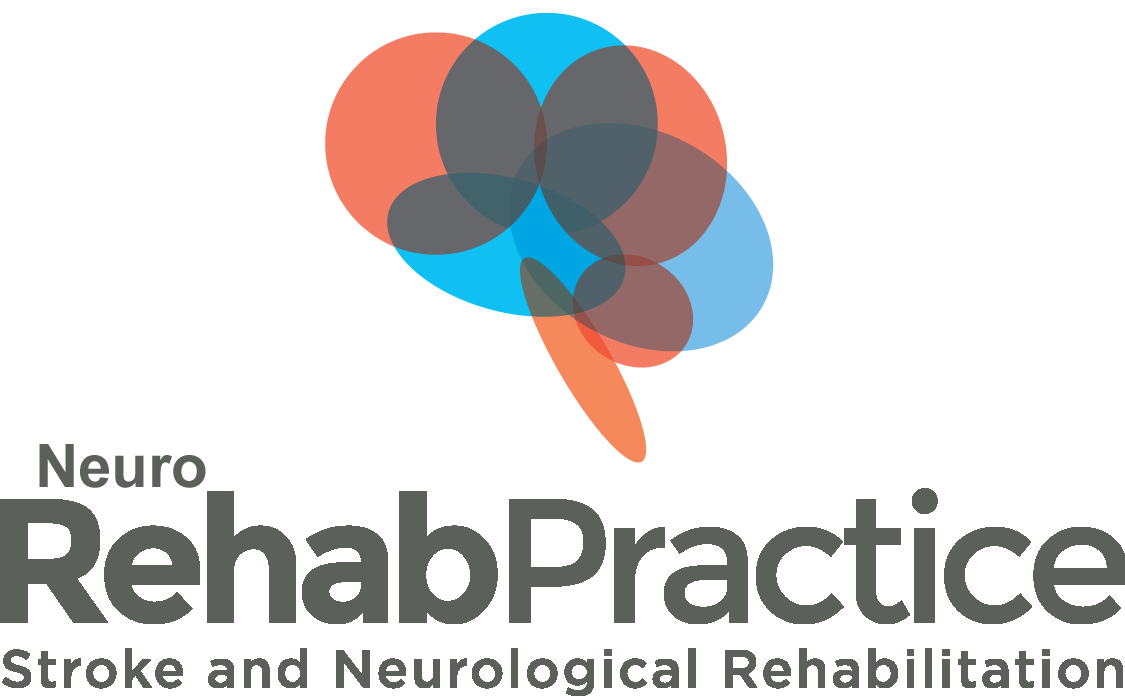The Rehab Practice Ltd Trading As:

LiteGait Rehabilitation - Body Weight Support System

Introducing the LiteGait
The LiteGait is a medical device used in rehabilitation settings.
The Neuro Rehab Practice Clinic is proud to be the first independent clinic in London to have the LiteGait
The LiteGait assists individuals in their gait (walking) training and therapy.
LitGait provides partial weight-bearing support to patients while allowing them to move in a controlled and safe manner.
LiteGait is particularly helpful for individuals with neurological or musculoskeletal conditions that affect their ability to walk independently.
LiteGait (Body Weight Support) Within Rehabilitation
How the LiteGait works:
-
Supportive Harness: Individuals are fitted with a supportive harness attached to an overhead frame. This harness provides partial weight-bearing support, taking some of the load off the individual's lower limbs.
-
Adjustable Suspension: The LiteGait system allows for adjustable suspension, meaning the amount of weight-bearing support can be customised based on the individual's needs and progression. This feature allows therapists to gradually decrease the amount of support as the individual's strength and balance improve.
-
Overhead Support: The overhead frame to which the harness is attached provides stability and security during gait training. It prevents falls and allows therapists to guide the individual's movements, ensuring correct gait patterns and preventing compensatory movements.
Treadmill or Ground Walking: The LiteGait can be used with a treadmill or for ground walking, depending on the patient's abilities and goals.
When used with a treadmill, therapists can control the speed and incline to gradually increase the intensity of the exercise.
Training and Rehabilitation: The LiteGait facilitates repetitive and task-specific training by supporting the patient's body weight and providing a controlled environment. This enables individuals to practice walking and regain strength, balance, and coordination as well as providing cardiovascualr exercise. The device can be used for various conditions, including stroke, spinal cord injury, traumatic brain injury, multiple sclerosis, Parkinson's disease, and orthopedic injuries.
Research Recommendations: National Clinical Guidelines for Stroke 2023
Cardio Respiratory Training
"People with stroke should be offered cardiorespiratory training or mixed training regardless of age, time since having the stroke, and severity of impairment.
-
‒ Facilities and equipment to support high-intensity (greater than 70% peak heart rate)
cardiorespiratory fitness training (such as bodyweight support treadmills, or static or
recumbent cycles) should be available;
-
‒ The dose of training should be at least 30-40 minutes, 3 to 5 times a week for 10-20
weeks;
-
‒ Programmes of mixed training (medium intensity cardiorespiratory [40%-60% of heart
rate reserve] and strength training [50-70% of one-repetition maximum]) such as circuit training classes should also be available at least 3 days per week for 20 weeks"
Rehab for Weakness of the Limb Following Stroke (Motor Weakness)
"Treadmills with and without bodyweight support (including underwater and robot-assisted treadmills) and other equipment (such as arm ergometers, seated steppers and static bicycles) are all ways of delivering aerobic and strength training and have been recommended as training methods"
"As well as the physical benefits, exercise helps to build confidence, reduce boredom and fosters autonomy"
Rehab for Balance after Stroke
"People with impaired balance at any level (sitting, standing, stepping, walking) at any time after stroke should receive repetitive task practice in the form of progressive balance training such as trunk control exercises, treadmill training, circuit and functional training, fitness training, and strengthening exercises"
National Clinical Guideline for Stroke for the UK and Ireland. London: Intercollegiate Stroke Working Party; 2023 May 4. Available at: www.strokeguideline.org.